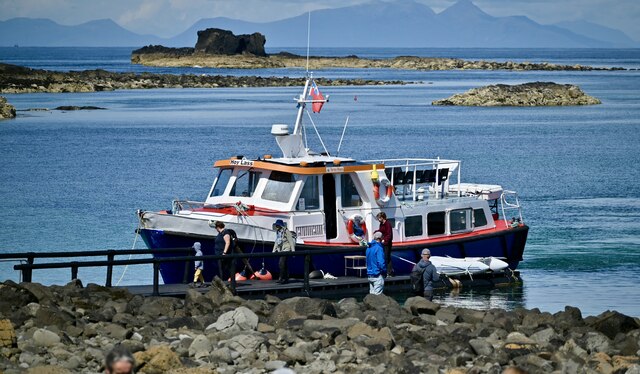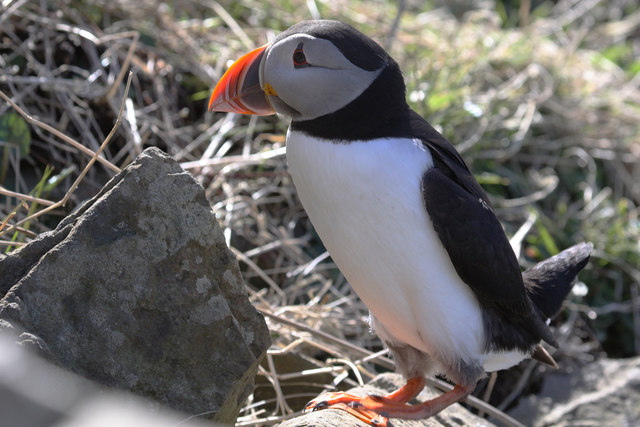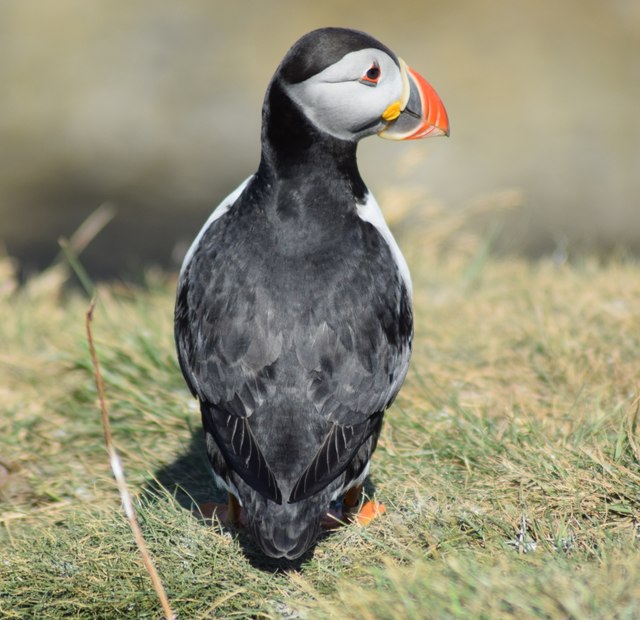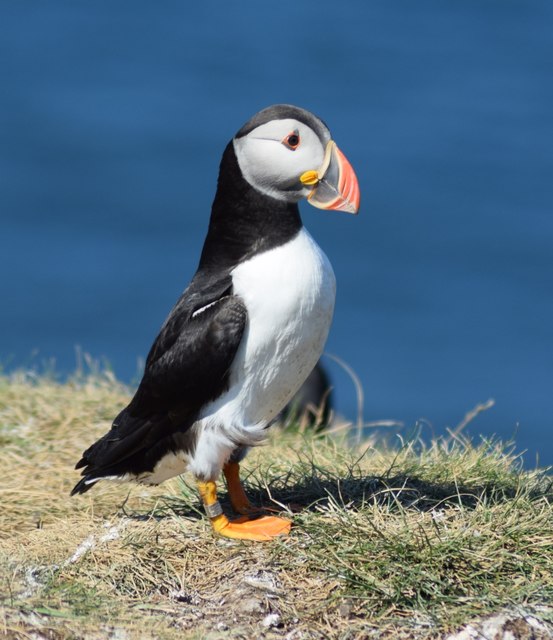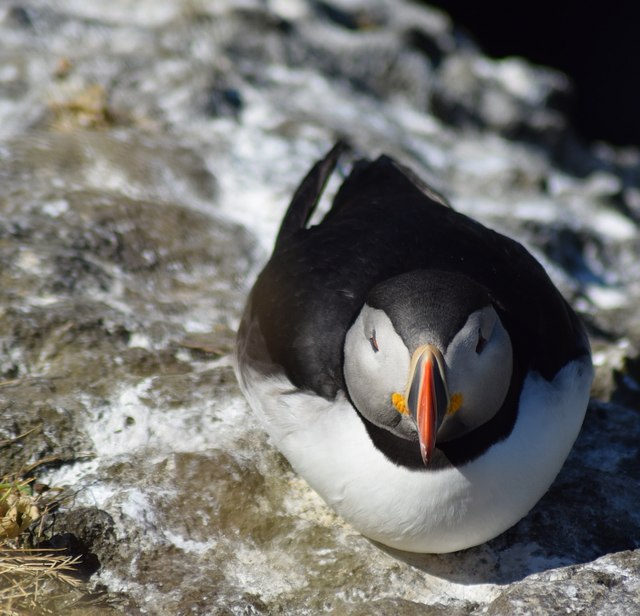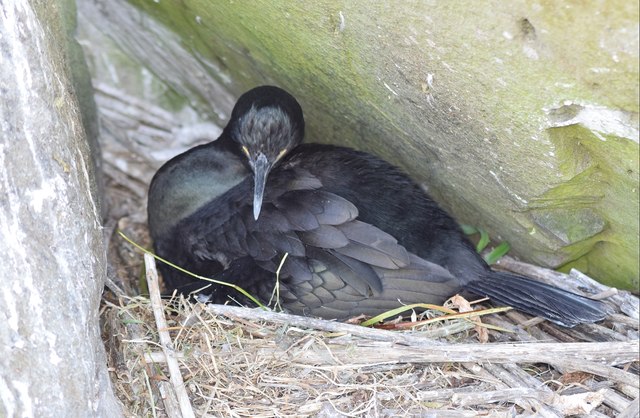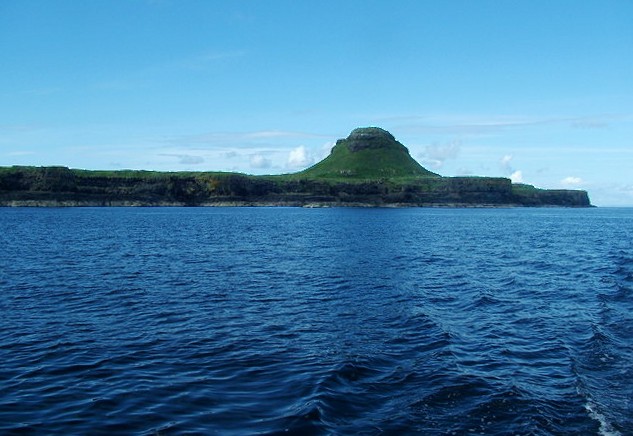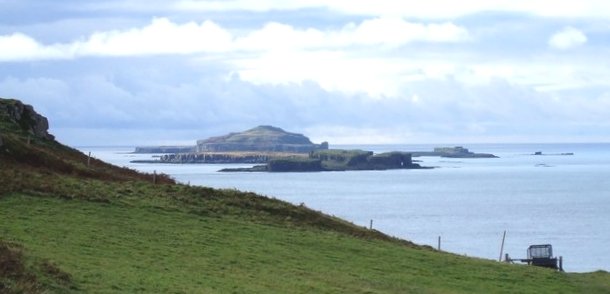An Caibh
Island in Argyllshire
Scotland
An Caibh
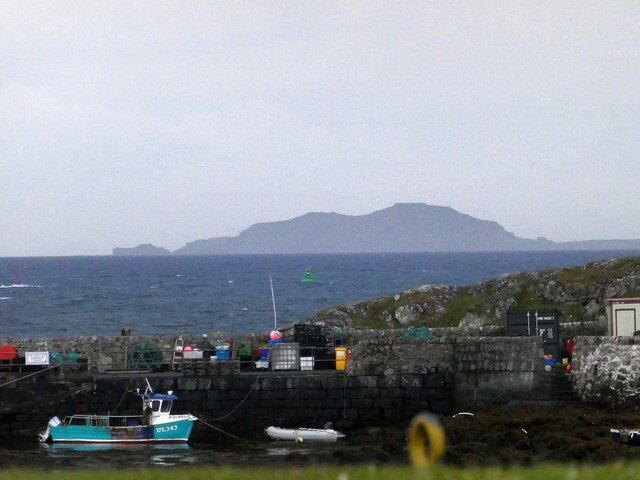
An Caibh, also known as The Cobb, is a small island located in Argyllshire, Scotland. The island is situated in the Sound of Jura, near the western coast of Scotland. It covers an area of approximately 0.5 square kilometers and is surrounded by stunning natural beauty.
An Caibh is largely uninhabited, with no permanent residents. However, it attracts visitors who are enchanted by its rugged landscape and tranquility. The island is known for its rocky shores, which are home to a diverse range of marine life, including seals, otters, and various seabirds.
The island's highest point, known as The Paps, offers panoramic views of the surrounding area, including the neighboring islands and the mainland. The Paps are a popular destination for hikers and nature enthusiasts seeking adventure and breathtaking vistas.
An Caibh is also rich in history and folklore. It is said to have been inhabited by early Christian monks who sought solitude on the island. Ruins of an old chapel can still be found, adding to the island's mystique.
Access to An Caibh is possible by boat or ferry from nearby towns such as Tayvallich or Crinan. Visitors are advised to bring their own supplies, as there are no amenities or services available on the island.
Overall, An Caibh is a hidden gem in Argyllshire, offering a unique and untouched experience for those seeking solace in nature's embrace.
If you have any feedback on the listing, please let us know in the comments section below.
An Caibh Images
Images are sourced within 2km of 56.481565/-6.4349359 or Grid Reference NM2740. Thanks to Geograph Open Source API. All images are credited.

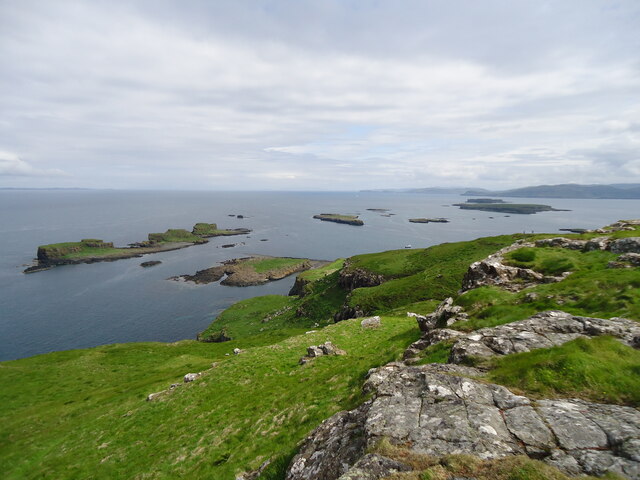
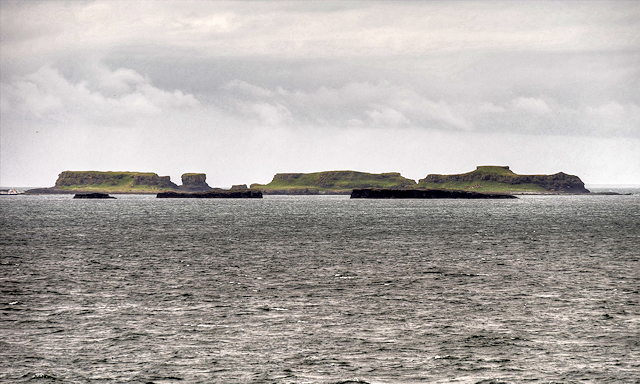
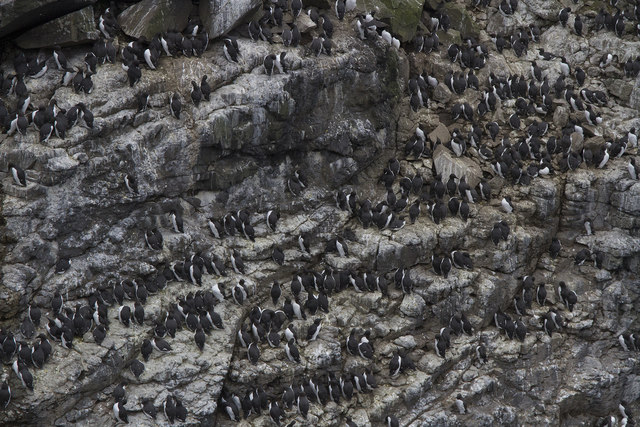
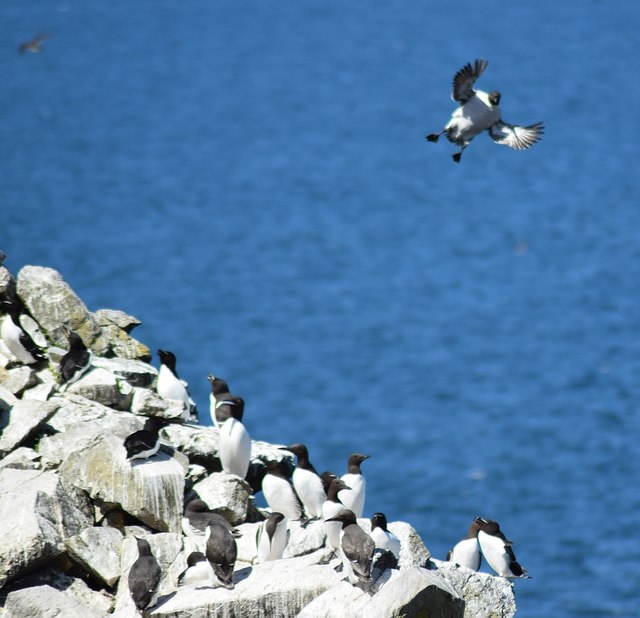
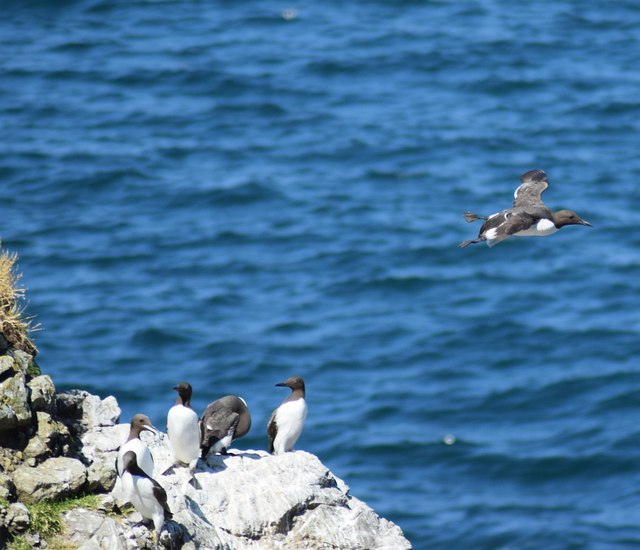
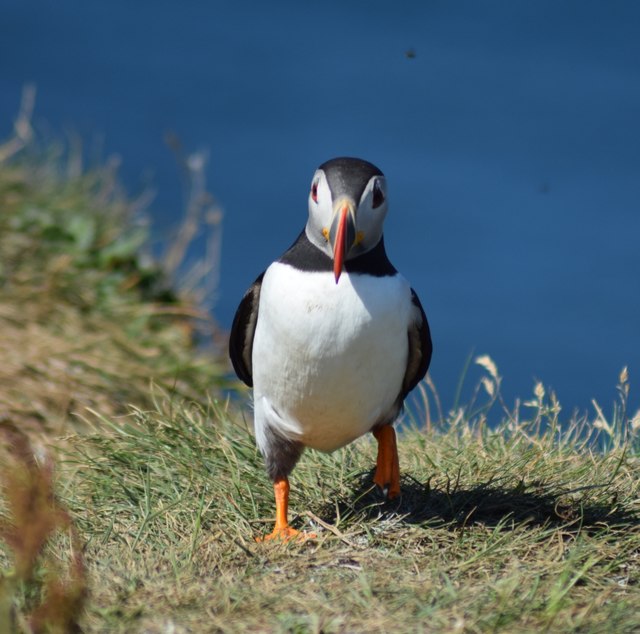
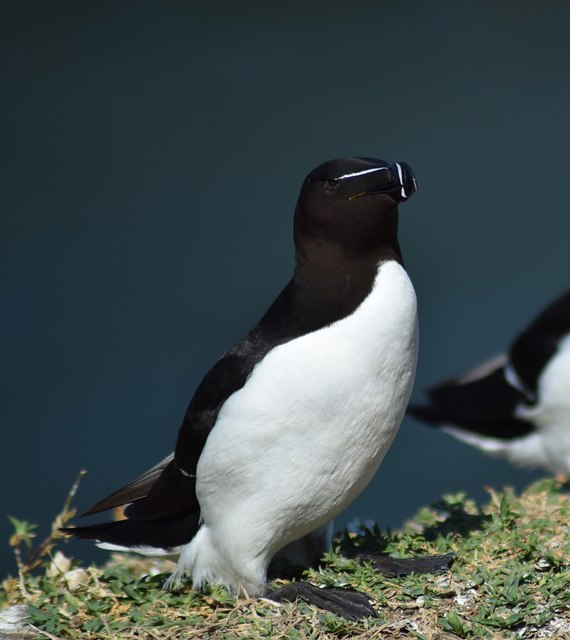
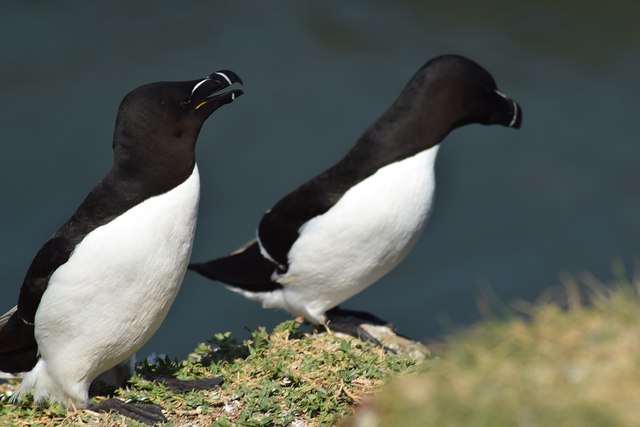
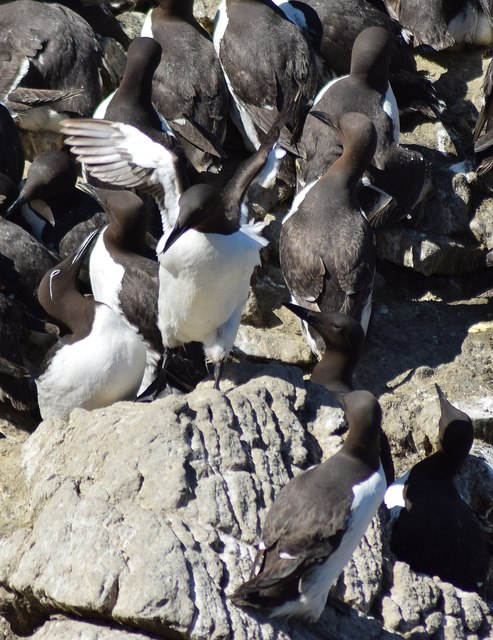

An Caibh is located at Grid Ref: NM2740 (Lat: 56.481565, Lng: -6.4349359)
Unitary Authority: Argyll and Bute
Police Authority: Argyll and West Dunbartonshire
What 3 Words
///willpower.cobras.denim. Near Calgary, Argyll & Bute
Nearby Locations
Related Wikis
Lunga, Treshnish Isles
The island of Lunga is the largest of the Treshnish Isles in Argyll and Bute, Scotland. The Isles are part of the Loch Na Keal National Scenic Area....
Treshnish Isles
The Treshnish Isles are an archipelago of small islands and skerries, lying west of the Isle of Mull, in Scotland. They are part of the Inner Hebrides...
Bac Mòr
Bac Mòr is a Scottish island, one of the Treshnish Isles, sometimes referred to as The Dutchman's Cap in English because of its shape. == Origin of... ==
Fladda, Treshnish Isles
Fladda is the northernmost of the Treshnish Isles. Its name comes from the Old Norse Flat-ey meaning "flat island". Fladda is owned by the Hebridean Trust...
Bac Beag
Bac Beag is a Scottish island, one of the Treshnish Isles in the Inner Hebrides. == Origin of name == The Gaelic name has several possible interpretations...
Cairnburgh Castle
Cairnburgh Castle is a ruined castle that is located on the islands of Cairn na Burgh Mòr and Cairn na Burgh Beag, Argyll and Bute, Scotland. These islands...
Cairn na Burgh Mòr
Cairn na Burgh Mòr (also Cairnburgh More) is one of the Treshnish Isles in the Inner Hebrides of Scotland. Cairn na Burgh Mòr is the larger of the two...
Cairn na Burgh Beag
Cairn na Burgh Beag is one of the Treshnish Isles in the Inner Hebrides, Scotland. Cairn na Burgh Beag is the smaller of the two "Carnburgs" (as they...
Have you been to An Caibh?
Leave your review of An Caibh below (or comments, questions and feedback).
